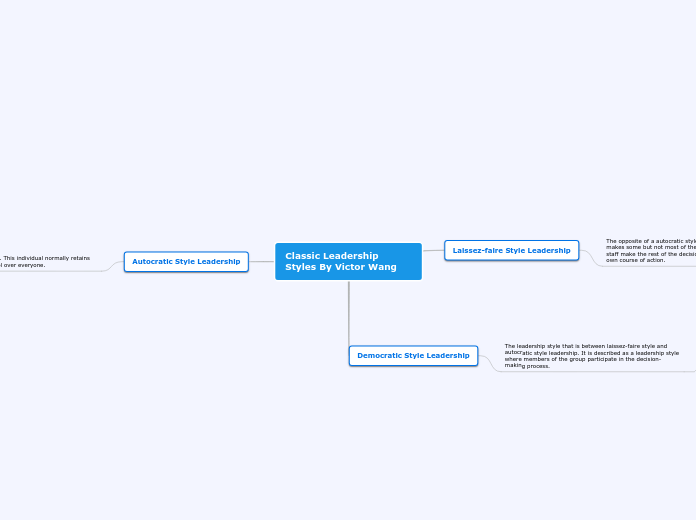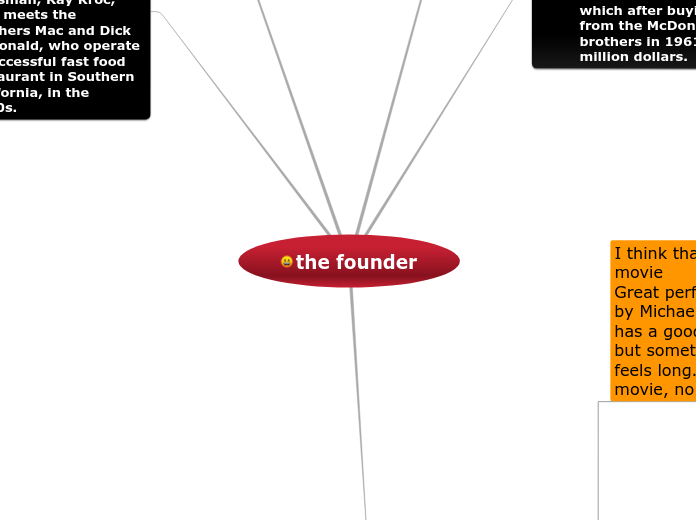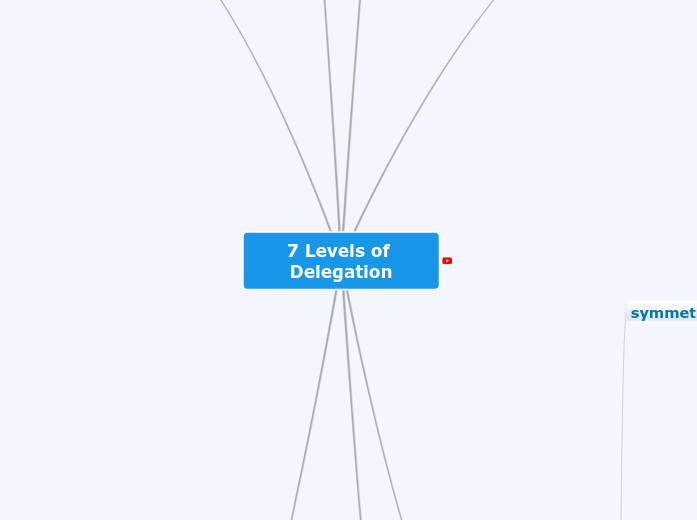Classic Leadership Styles By Victor Wang
Autocratic Style Leadership
Controlled by one individual. This individual normally retains power, authority, and control over everyone.
Is the shot-caller and takes little to no judgement from others and does not trust the abilities of the subordinates, therefore, they will constantly monitor their performance. This refers to X theory where the leader has less trust in their subordinates and has to monitor to ensure peak productivity and efficiency.
Makes choices based on their own thoughts and ideology. Examples of people could be Adolf Hitler, Genghis Khan, and Napoleon Bonaparte.
This type of leadership is effective on workers who are normally lazier and unmotivated and is less effective towards workers who are more motivated as they will punish those who do not follow their ideals.
Democratic Style Leadership
The leadership style that is between laissez-faire style and autocratic style leadership. It is described as a leadership style where members of the group participate in the decision- making process.
The democratic style of leadership takes an interest in the opinions of its group and its own opinions to form a goal that is in the best interest of everyone.
It is often referred to as participative leadership and is similar to the management theory of Mary Porker where it empowers its group to help get input on how to better the enterprise. It differs from other leaderships as it ignores the hieratical system and its power input is put as equals where each individual's opinion matters.
This type of leadership is effective if more of the group have positive intentions for the company rather than fulfilling their own individuals. This leadership is not as effective if the individual's opinions are ignored which can lower worker satisfaction and productivity.
Laissez-faire Style Leadership
The opposite of a autocratic style leadership and the leader makes some but not most of the decisions. Rather, they let staff make the rest of the decisions and let things take their own course of action.
It is normally used when subordinates have a high level of intrinsic motivation where the laissez faire leaders takes a hand off approach where they make less decisions while putting their trust for others to make their own decisions
It can be similar to as Y leadership where workers are motivated to do their job and have a passion for what they do. Examples of this includes steve jobs, capitalist countries, and normally recreational sports organizers who are not as seriously competitive.
Type of leadership is effective if the workers are motivated in their line of duty and is ineffective if the workers are not motivated in their line of duty.









